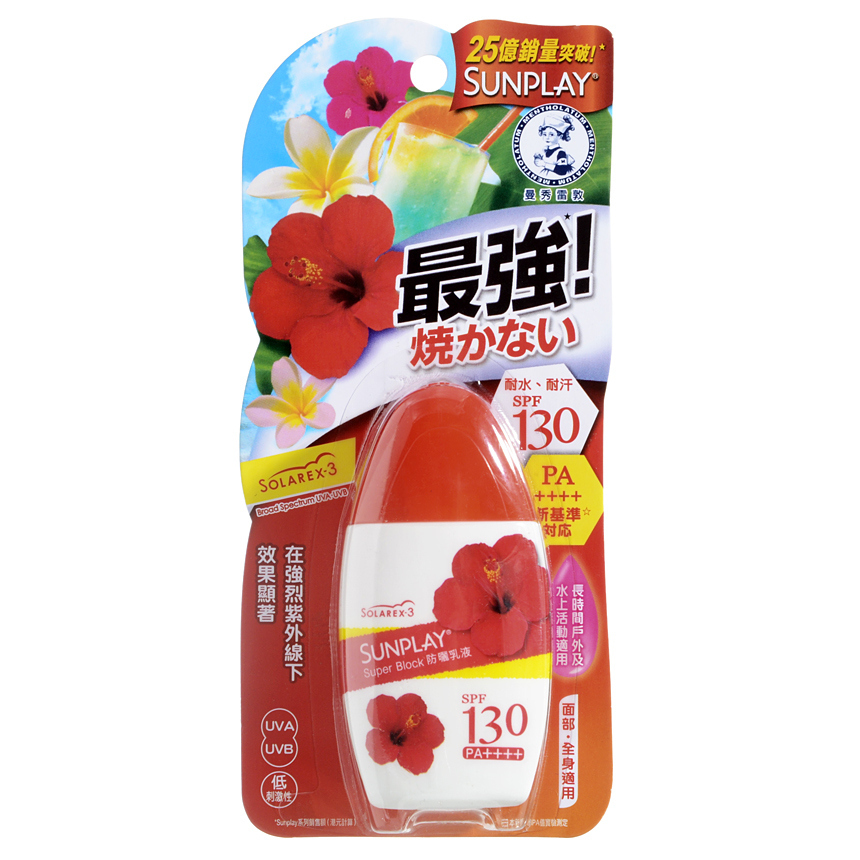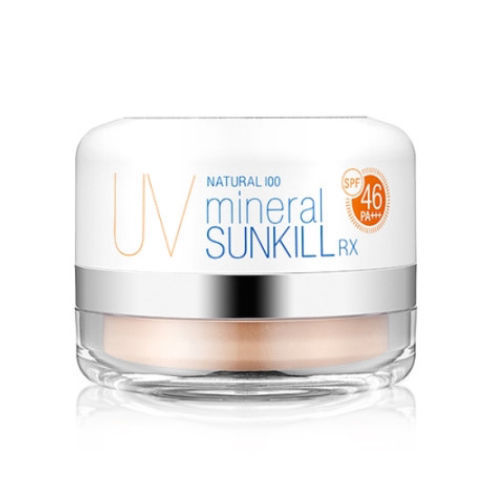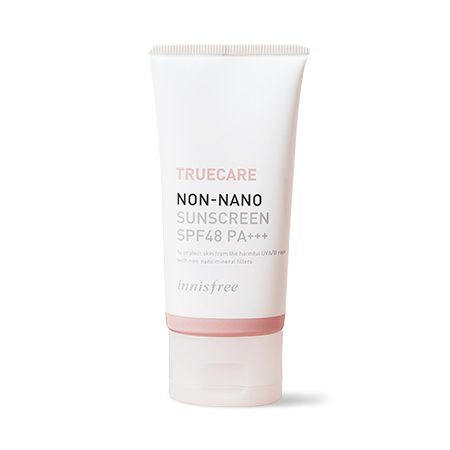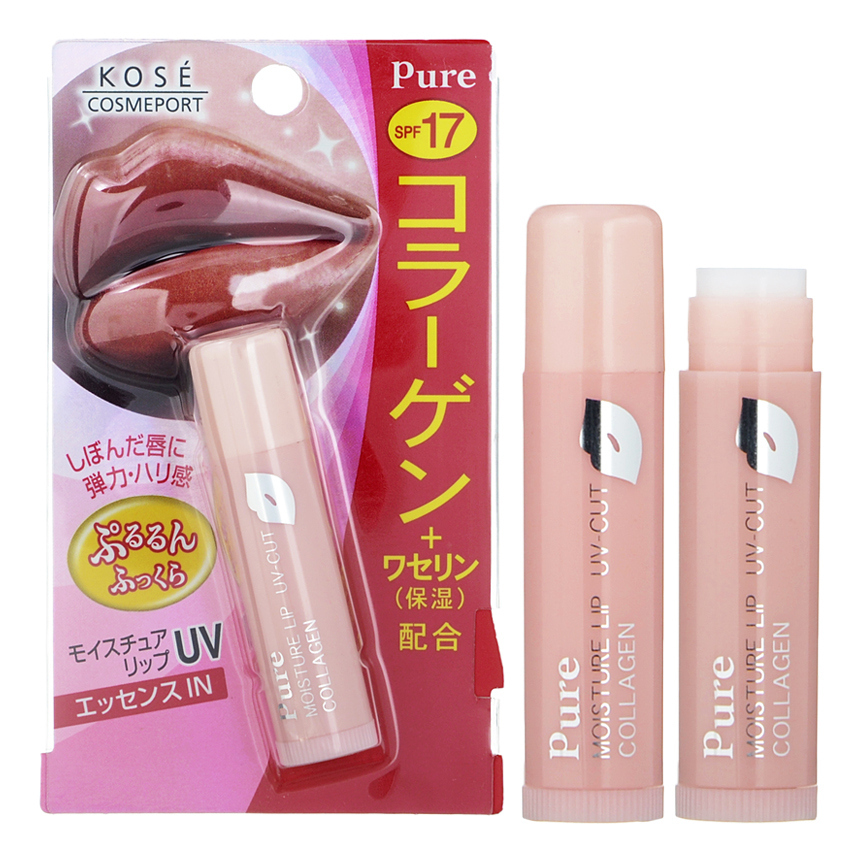
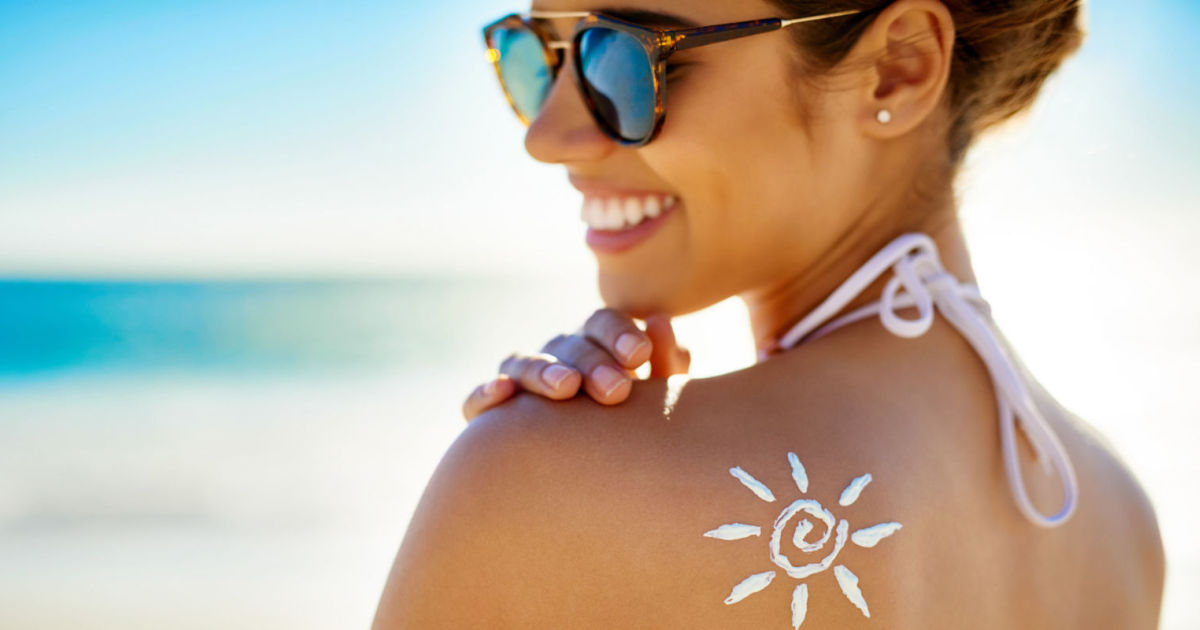
Image: Netdoctor
Summer arrives and we all rush to buy sunscreen. However, applying sunscreen should never be restricted to summer alone. The Skin Cancer Foundation recommends that anyone aged 6 and above should use sunscreen every day, even people who work indoors. Here are the reasons to wear sunscreen daily:
1. Sunscreens are an effective way to block the sun’s UVA and UVB rays. UVB rays are the culprit behind skin reddening and sunburn. Unlike UVB rays, UVA rays are not filtered by the ozone layer and account for 95% of the UV radiation that reaches the earth. UVA rays penetrate skin deeply without you even noticing, causing premature skin aging (photoaging), wrinkles and ages spots. Both UVA and UVB rays increase your risk of skin cancer.
2. Even on rainy or cloudy days, up to 40% of the sun’s ultraviolet radiation still reaches the earth.
3. A 2013 study published in the American College of Physicians’ Annals of Internal Medicine compared daily use of sunscreen versus discretionary use in people below the age of 55. Over the course of the 4.5-year study, those who wore sunscreen daily were found to have 24% less skin aging compared to those who did not.
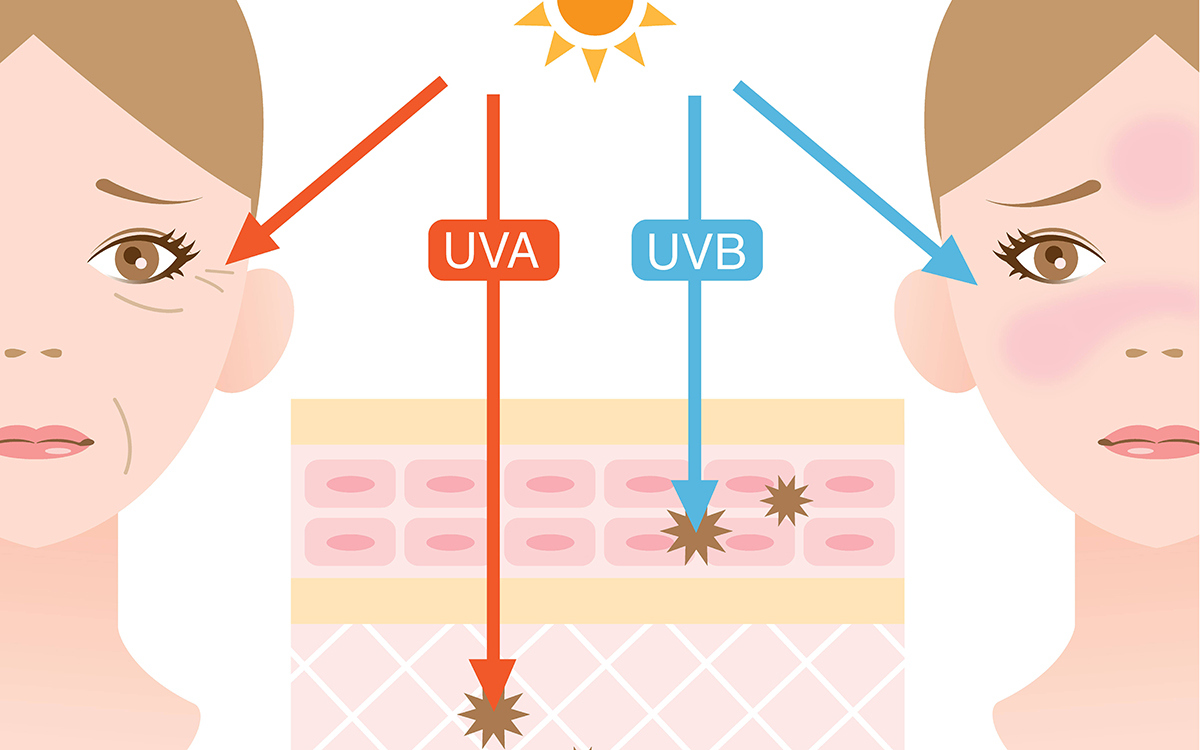
Image: ELLE Taiwan
The Benefits of Sunscreen
In addition to helping prevent premature aging, sun damage and skin cancer, sunscreen also serves the following functions:
1. Prevents blotchiness: Sunscreen prevents the onset of acne, blotchiness and eruptions of red veins, leading to a more even complexion.
2. Prevents uneven tanning: If you don’t want your complexion to look patchy after tanning, sunscreen is a must!
3. Protects skin proteins: Sunscreen protects collagen, keratin and elastin in skin to keep it smooth and healthy.
4. Sunscreens are essential when you’re using treatments that make skin more photosensitive, such as retinol, AHA or BHA.
Different Types of Sunscreens
1. Physical Sunscreen vs. Chemical Sunscreen
Active ingredients in sunscreens come in two forms: physical (a.k.a. mineral or natural) and chemical (a.k.a. synthetic).
Physical filters reflect, scatter and block both UVA and UVB rays. They are relatively stable and are thus suitable for people with sensitive skin. The filters can also be reduced to nanoparticle size to make the sunscreen lighter and prevent the formation of a white cast, although there are still concerns about the safety of these nanoparticles. Zinc oxide and titanium dioxide are two of the most common physical filters.
Chemical filters absorb UV radiation which is then dissipated as heat. Most absorb either UVA or UVB rays but not both. Some can cause stinging of the eyes, dermatitis or hormonal disruption. Examples of chemical filters include avobenzone, ecamsule (i.e. Mexoryl™ patented by L’Oréal), octinoxate, octisalate, octocrylene and oxybenzone. This article from the Environmental Working Group explains in detail the potential hazards of chemical filters.
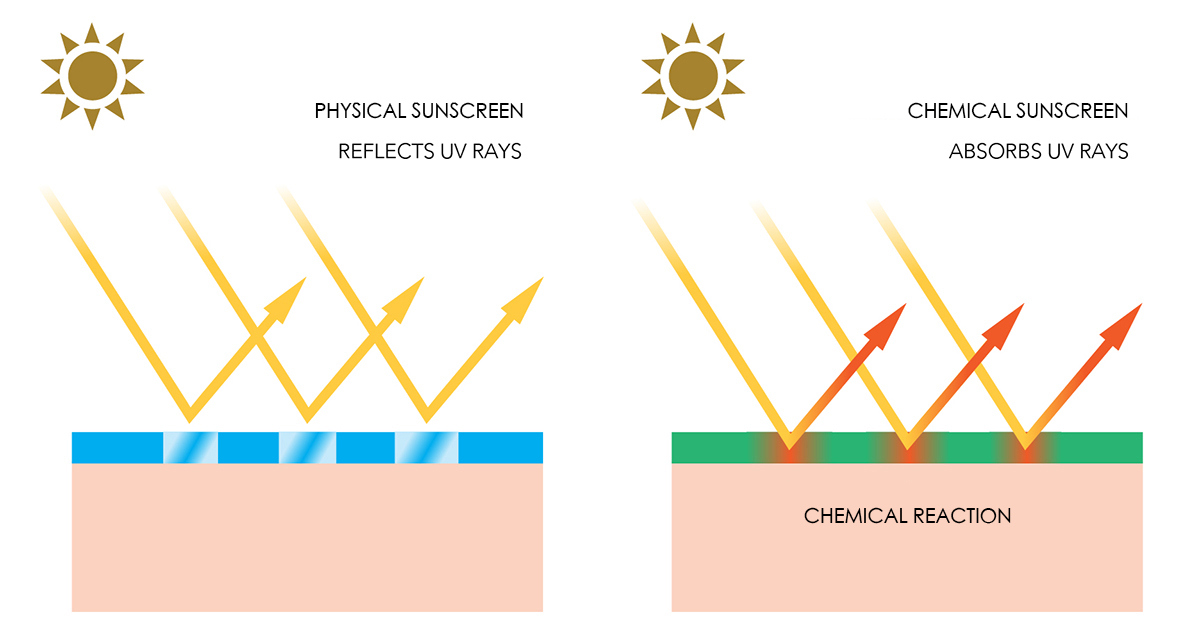
Image: OROGOLD
2. Cream, Gel, Stick, Powder or Spray?
Sunscreens come in many forms: solid, liquid, tinted and colorless. Many cosmetic products also include SPF protection sufficient for daily use. This leads us to our next topic on choosing the right sunscreen.
How to Choose the Right Sunscreen
1. SPF (sun protection factor) measures protection against UVB rays, and PA (which stands for “Protection Grade of UVA Rays”) indicates protection against UVA rays. Broad-spectrum means protection against both. The American Cancer Society recommends using sunscreens of SPF 15 or above, while the American Academy of Dermatology recommends using sunscreens of at least SPF 30. Both organizations recommend broad-spectrum sunscreens. While Western brands of sunscreen usually indicate only SPF in their labels, Asian brands, especially Japanese and Korean ones, include both SPF and PA measurements (the plus sign) on their packaging to indicate the level of broad-spectrum protection.
2. According to the American Academy of Dermatology, creams are best for dry skin and the face. Gels are good for hairy areas, such as the scalp and male chest. Sticks are perfect for spot application, such as the nose, ears and around the eyes. Sprays are preferred by parents since they’re easy to apply on children. However, the US Food and Drug Administration advises consumers not to do so for fear of the spray being inhaled by kids.
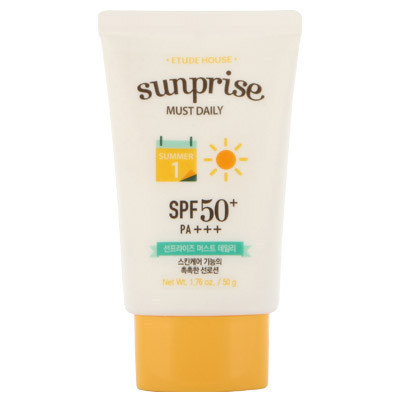
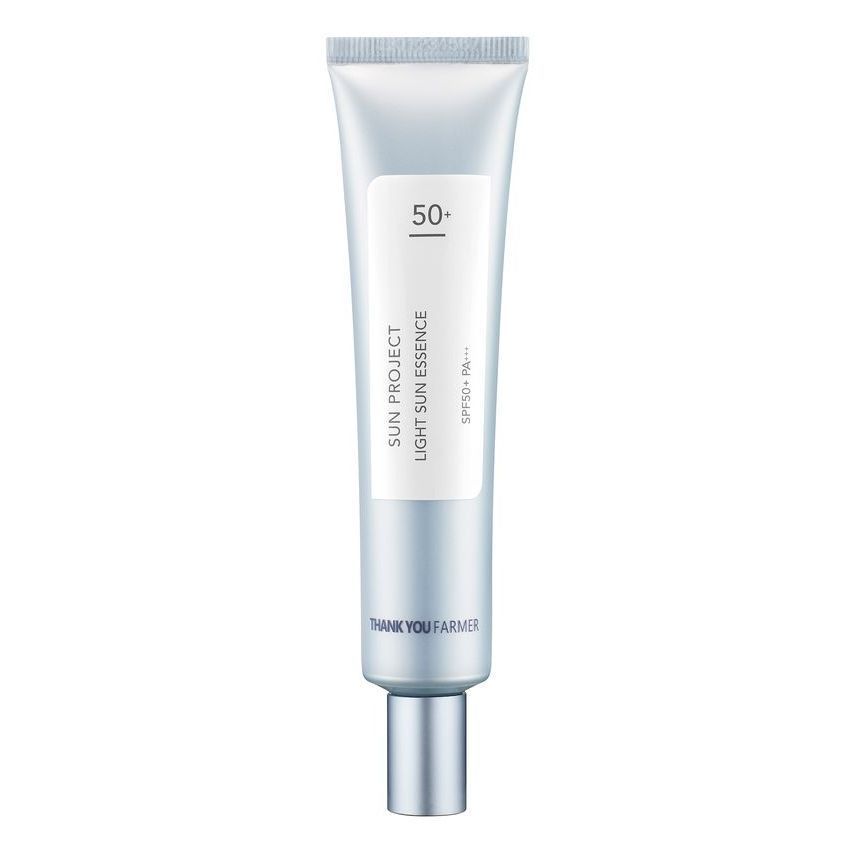
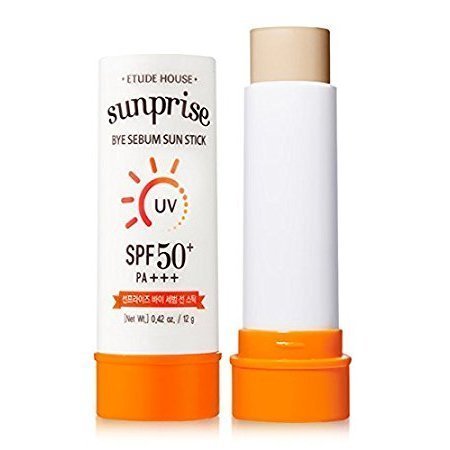
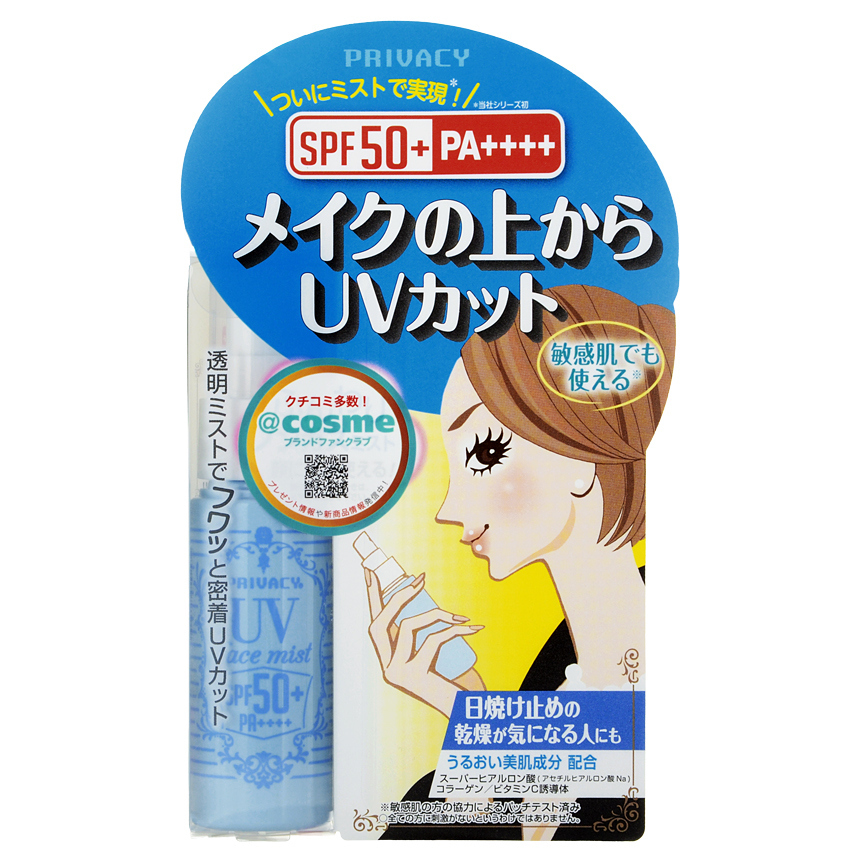
Left to right: Sunscreen lotion, gel, spray and mist
3. Many moisturizers and cosmetics already include sun protection of SPF 15 or above, which is sufficient for everyday activities. For instance, Dear, Klairs’s Mid-Day Blue Sun Lotion SPF40 PA++ corrects redness with its bluish tint while offering sun coverage.
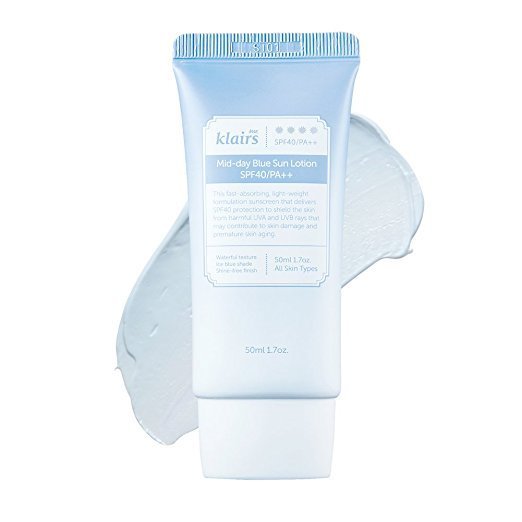
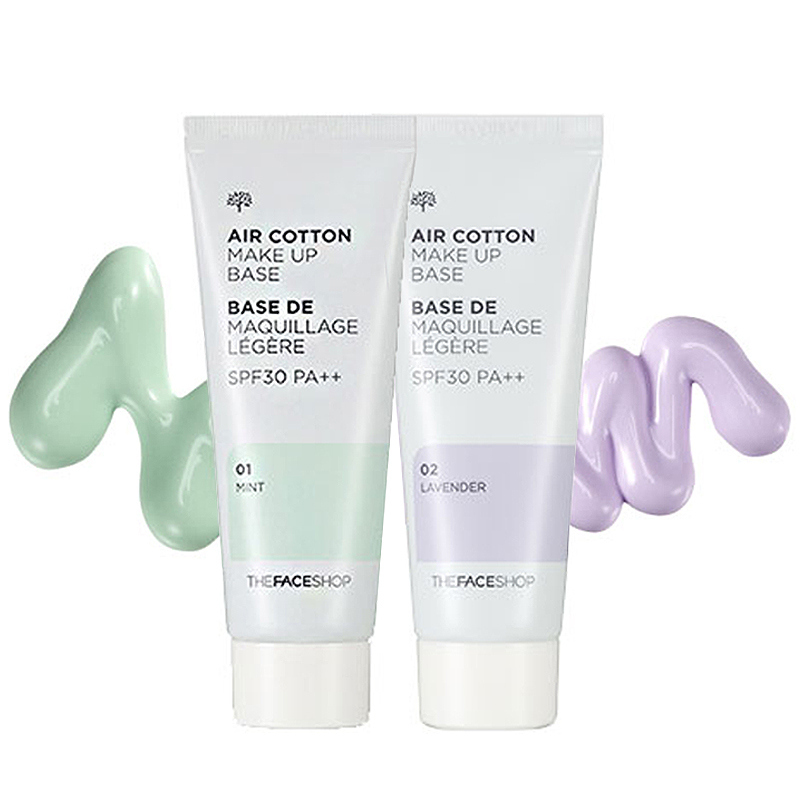
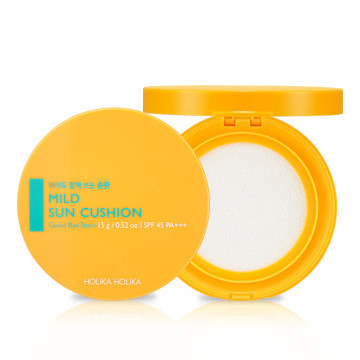
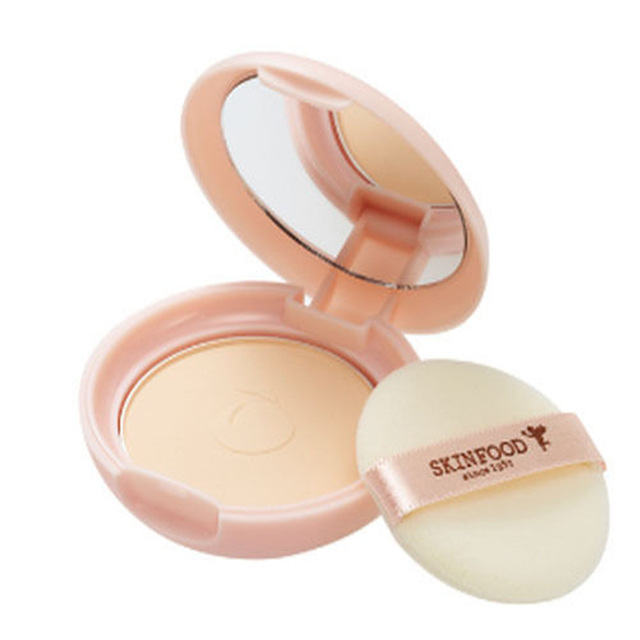
Sunscreen primers and cushions
4. If you work outside or spend a lot of time outdoors, a stronger, water-resistant and sweat-resistant sunscreen with SPF 50 or above is needed. Simply look for terms such as “outdoor” or “sports.” These sunscreens can be stickier, harder to remove without a cleanser, and may not layer well with makeup.
5. Always look into the ingredients. While many sunscreens contain both physical and chemical filters, there are others that emphasize the use of only physical filters to make sure they’re safe for skin. Zinc oxide is better than titanium dioxide since it’s also an astringent for acne. MAXCLINIC’s Catrin Natural 100 Sunkill RX SPF46 PA+++ is a blemish-concealing sunscreen powder that uses only physical filters (17.9% zinc oxide + 17.3% titanium dioxide.) You can also look for the term “non-comedogenic” if you have sensitive skin.
6. You can use lip balms with SPF to protect your lips. The skin on our lips is delicate and also prone to sunburn, premature aging and skin cancer. Wearing a lip balm with SPF can help prevent these from happening.


